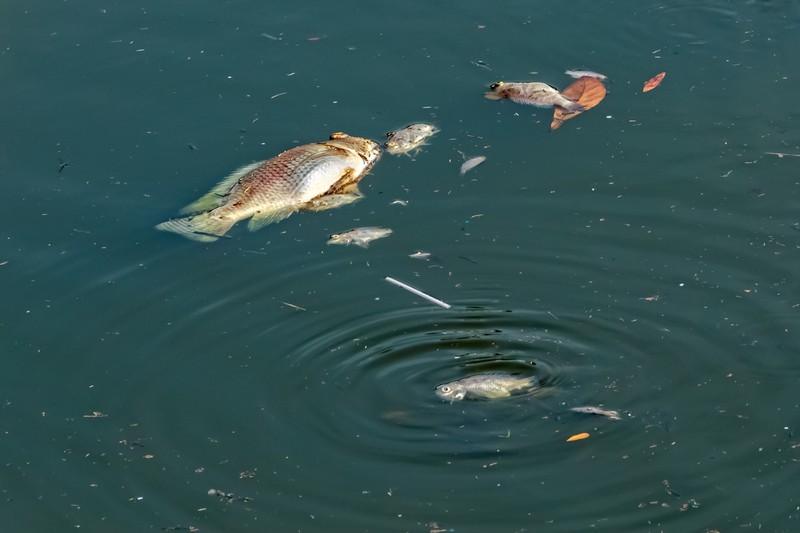Finding a safe drinking water source in a SHTF moment is a vital priority.
Understanding what might make a water source unsafe is equally as important.
Water can be polluted with all kinds of toxins, bacteria, protozoa, viruses, parasites and chemicals that can cause immediate illness, death or long-term, chronic illnesses such as cancer, neurological disorders and kidney disease. Ones that you should be particularly worried about include:
• Cryptosporidium
• Giardia intestinalis, aka Giardia lamblia
• Salmonella
• Shigella
• E. coli
• Hepatitis A
• Staphylococcus
So how do you know if water is safe?
Trust Nature
If you come across two bodies of water, one that is crystal clear and free of plants and algae, and one that is not-so-clear and full of water plants and fish and has a few bugs swarming around, which one would you drink? The logical answer is the clear water, right? Wrong.
Plants, animals and insects in water are a good sign that the water is well-oxygenated, has a healthy pH, is mineral-balanced and is (relatively) free of harmful chemicals.
If you have to choose, brush the algae away, filter the water, drop in a purification tab and drink from that pond. Steer clear of the crystal-clear, bug-free pond.
Use Your Senses
Some contaminants can be seen or smelled in water. For instance, sulfur smells like rotten eggs and may taste salty. It can be an indicator of certain bacteria in the water. Iron makes the water appear orange. Manganese in higher quantities makes water black or purple. Chlorine smells like bleach. Some parasites are actually visible, though many aren’t. The first thing you should do is look at the water and smell it before you drink it.
Water that smells or tastes like turpentine, gasoline or similar chemicals may be polluted with methyl tertiary butyl ether (MTBE) or xylenes. These are byproducts of oil, gas, paints, detergents and other chemical agents. Don’t drink it, even with purification tabs.
If the water smells or tastes metallic, it’s a pretty good bet that it’s got minerals such as mercury, lead, copper, iron, arsenic, manganese or zinc in it. Some are harmless in small doses, such as iron, but others such as lead, mercury and arsenic aren’t. Better to skip it.
Finally, if the water smells or tastes earthy, musty or like dirt, there is probably decaying organic matter in it. This is probably not a bad thing but it still tastes weird.
Test the Water
Unfortunately, there is no way to test for the stuff that will really make you sick – bacteria, viruses and parasites – other than to use a water test kit. There are several different types of these and you can get them fairly inexpensively – some run only $15 or even less. Some test for minerals and some test for harmful pathogens such as e. coli and salmonella.
Except for avoiding immediate danger, the only thing more important than finding water in a SHTF moment, is finding water that is safe to drink.
By using observation and common sense, you can go a long ways to avoiding water bodies that are polluted or are harboring all sorts of critters who could make you sick.
For more tips on evaluating water, please visit Survivopedia.
